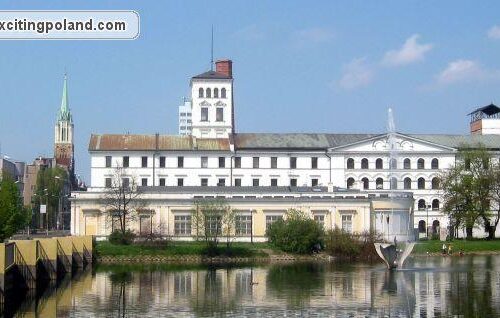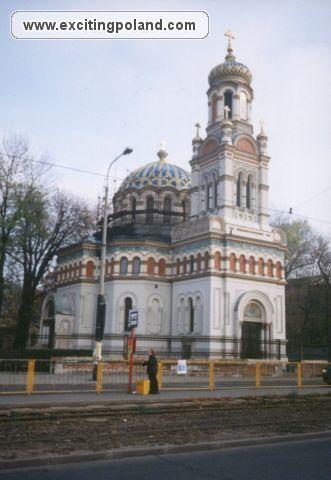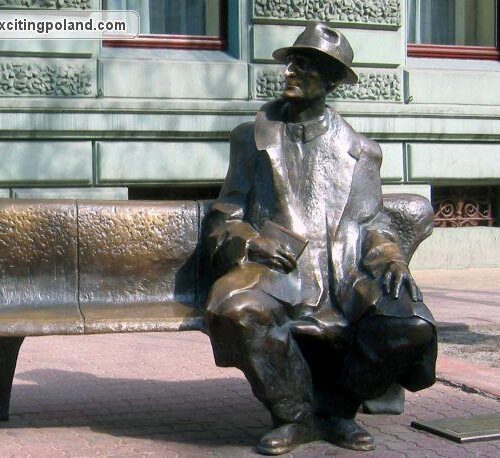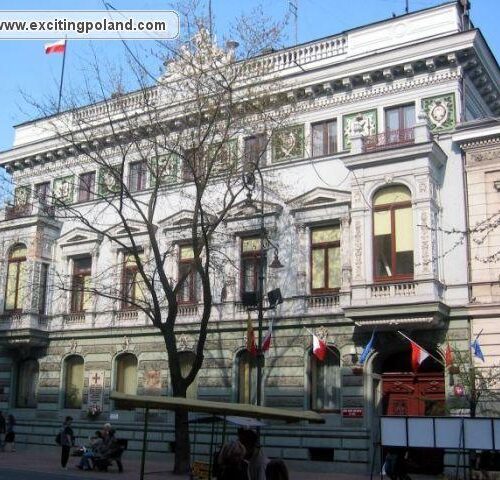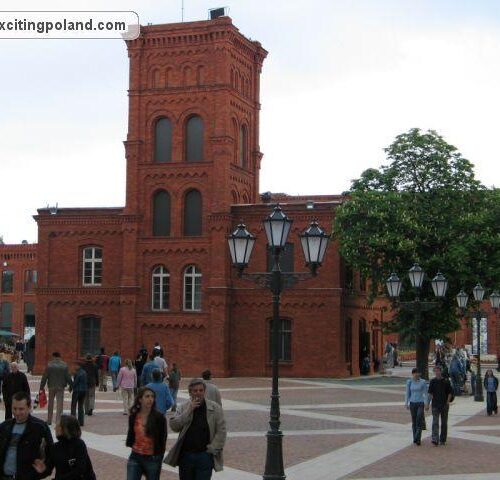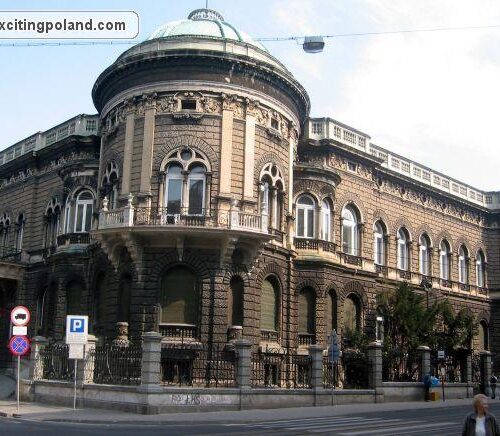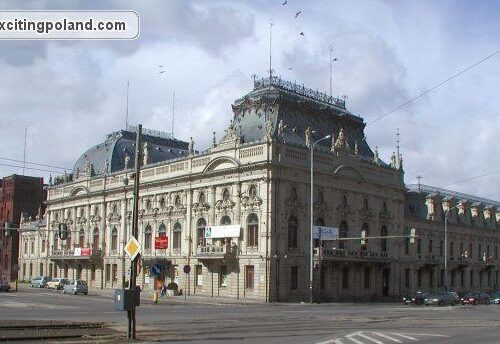Łódź with its 786,000 inhabitants is the second largest city of Poland. In the 19th century, textile factories began developing here with unimaginable rapidity. A testimony of industrial architecture, they carry the same message as the superb palaces of their former owners and still well preserved workers’ housing estates. Among the most glamorous residences are those of banker Maksymilian Goldfeder, publisher Jan Petersilge and factory-owner Juliusz Heinzel, all located in ul. Piotrkowska. In the same street stands the Grand Hotel, one of the largest and most modern European hotels erected at the turn of the 19th century. At the far end of ul. Piotrkowska stands the White Factory – today home to the Museum of Textile Industry. The mansion of Leopold Rudolf Kindermann at ul. Wólczańska 31 passes for one of the most stunning Art Nouveau masterpieces in Poland. The former Poznański family palace at ul. Więckowskiego 36 is housing a most intriguing collection of Polish modern art. Another palace and a former property of the factory owner Israel Poznański at ul. Ogrodowa 15 is occupied by the Historical Museum of Łódź. In its side wing is a museum of Arthur Rubinstein, the famous pianist and composer born in Łódź. The residence known as Księży Młyn is a good example of the economic leap performed by 19th century Łódź. After the costly renovation, the palace, situated at ul. Przędzalnicza 72, was turned into a museum presenting life of the Łódź factory owners to an amazing detail. At ul. Bracka 40 stretches one of Europe’s largest Jewish cemeteries with as many as 180,000 graves.
The city is metamorphosing into a modern cultural metropolis. By young people, it is now mostly associated with techno culture. Around Piotrkowska street spreads the area of club life with its stock of bars, clubs and discos. The city is also known for its Film Academy, which boasts Roman Polański as one of its best renowned graduates.

